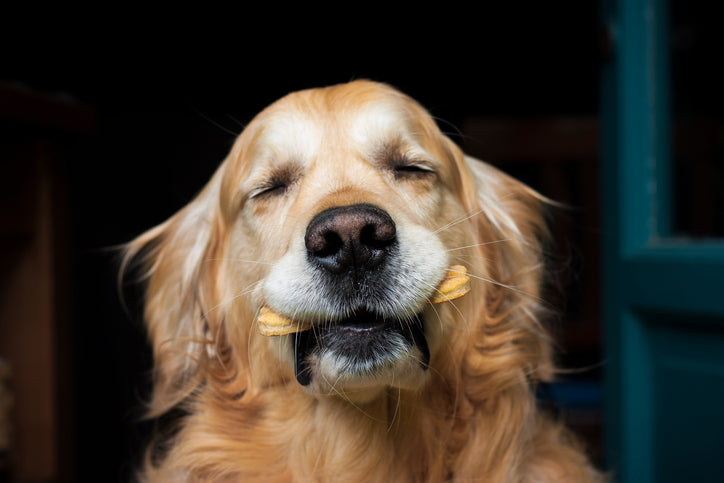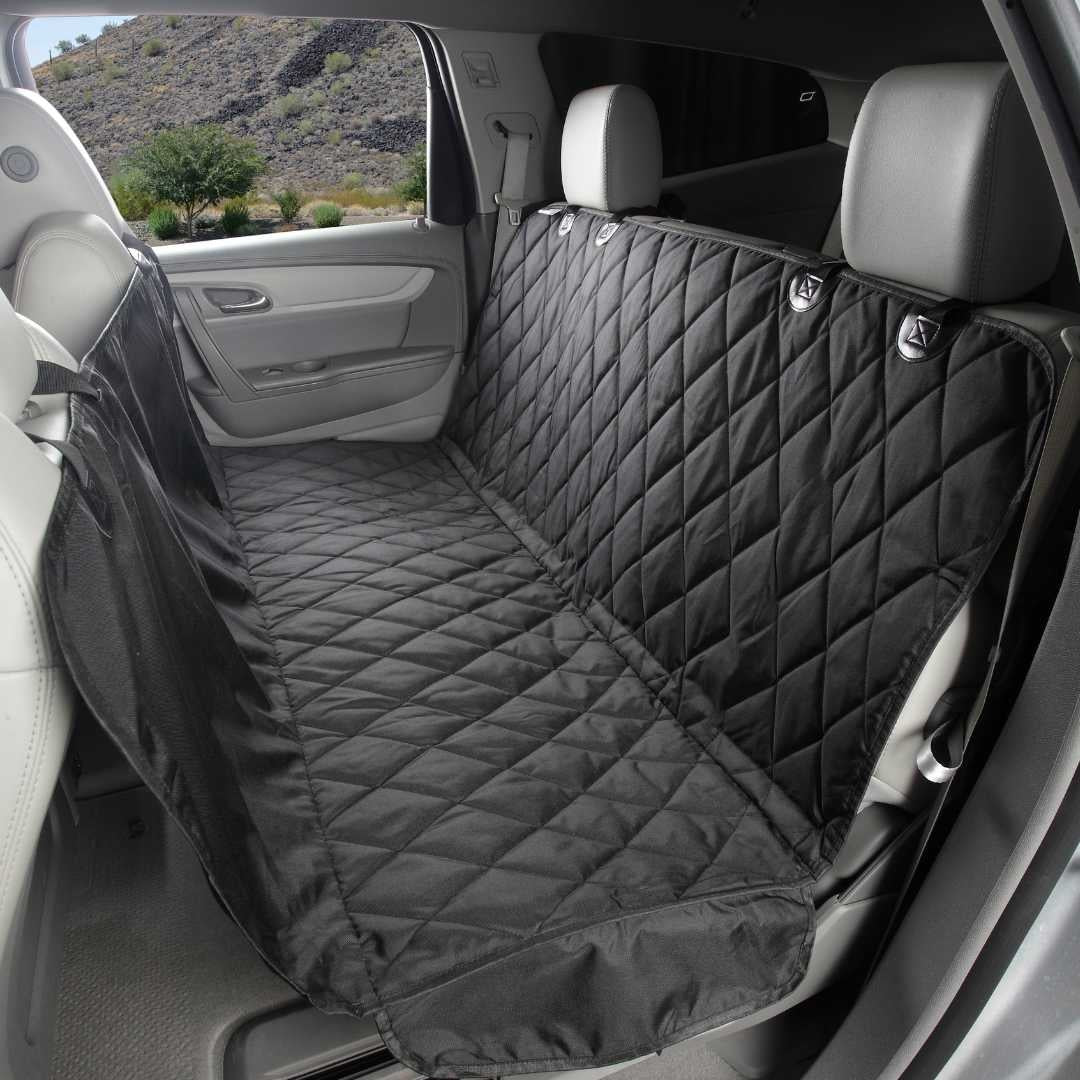We all love our pets and when it comes to giving them treats and other food-related rewards, we’re used to seeing articles about those with all natural ingredients are best along with warnings regarding some overseas brands that have been toxic or even deadly for some animals. But now we want to discuss some other safety issues when it comes time to feeding and treating our pets.
First of all we should point to the growing obesity epidemic when it comes to today’s companion animals. Without getting into a bunch of scary statistics, veterinarians and other animal care professions are still seeing more overweight cats and dogs these days, and it’s mostly due to overfeeding and a lack of exercise.
Since they can’t control how much they’re given to eat and sometimes aren’t motivated to exercise, it’s up to us as their masters to limit their food and treat intake while ensuring that they stay active and at a healthy weight.
Indoor / Outdoor
Some people have indoor cats or dogs and others own felines and canines that spend the majority of their time outdoors. When it comes to food and treats, if you absolutely must feed or reward them outside, make sure these items are completely consumed and try not to leave anything but their water bowl outdoors. Also be sure to keep these food-related items stored indoors so you’re not attracting birds, raccoons or other unwanted wildlife into your pet’s outdoor arena.
Size Matters
Perhaps you’ve noticed that treats for cats available for sale on the shelf are generally fairly small in size, roughly the size of a pea or slightly larger. While this may seem like a marketing gimmick to sell more packages, this is actually the recommended size of a reward for a cat or small dog. A medium or larger sized animal’s treat should be about the size of a marble. Unless you’re giving them a chew stick or something designed to help keep their teeth and gums healthier, this is the appropriate size.
Training & Treats
Whether you’re starting obedience training with a younger animal or “teaching an old dog new tricks,” be sure that you’re using positive training techniques (that include treats and praise) in the correct manner. It’s important to know the difference between bribing and luring an animal rather than rewarding them for good behavior.
For example, if you’re training a dog to sit, holding a treat above their nose while pushing down on their hind quarters is bribing them into performing this behavior. Let’s say you’re teaching your cat to come when they’re being called and using a treat to “bribe” them into appearing, you understand the concept. A treat can be used as an incentive to perform a requested behavior, but only given after the task has been accomplished.
Be sure to include a healthy combination of diet, exercise and limit daily treats given to your dog or cat every day to ensure they’re not packing on unwanted pounds. There’s an old idiom that shares, “enough is as good as a feast,” and this rings especially true when it comes to feeding and rewarding our animals.
 Amber Kingsley
Amber Kingsley
Amber Kingsley is a freelance writer whom has donated countless hours supporting her local shelters. With writing, she has spent most of her research on animals with regards to food, health and training.




 Amber Kingsley
Amber Kingsley


